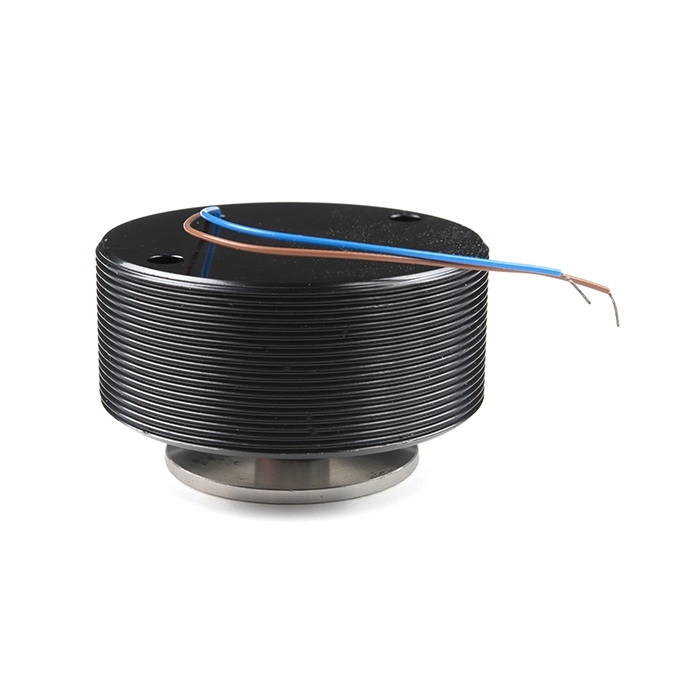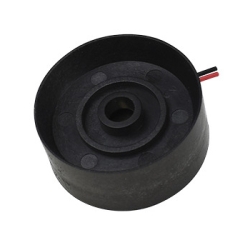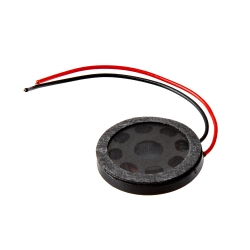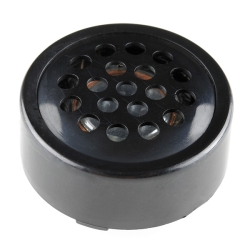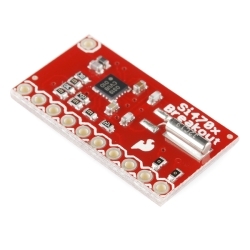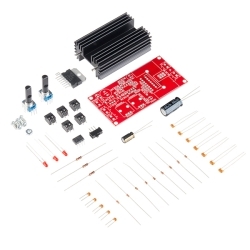Surface Transducer - Large
COM-19102
Surface Transducer - Large
SKU: COM-19102
$37.95
In stock
SKU
COM-19102
Surface transducers give you the awesome power to turn almost any surface into a speaker.
Product Overview
Surface transducers give you the awesome power to turn almost any surface into a speaker. They're essentially just a speaker except instead of a cone, the coil is attached to a pad that conducts the vibration into whatever you press it against. Hook it up to an audio source and press it against the nearest table, wall or cardboard box. You can even put it against your head and play music directly into your skull (the ultimate surround sound). This transducer comes with an adhesive magnet that can be attached to the base.
Includes:
- 1x Transducer
- 1x Screw on base
- 1x Adhesive Magnet
Hookup Accessories
Features & Specs
- 50mm Diameter, 31mm Tall
- Weight: 0.51526 lbs.
- Power: Nominal input 10 W, Maximum input 25W
- Nominal Impedance: 4Ω±15% test@200Hz1v
- Lowest Resonance Frequency: 58Hz±20% (@ 1.0 V)
- Output Sound Pressure Level: 85±3 dB(100、400、800、12000Hz medium value @1m 10w)
- Distortion: 5% less @ 5W 1000Hz
Documentation
Customer Reviews

Surface Transducer - Large
$37.95
COM-19102
Stock and Customer Discounts
$37.95 retail price.

